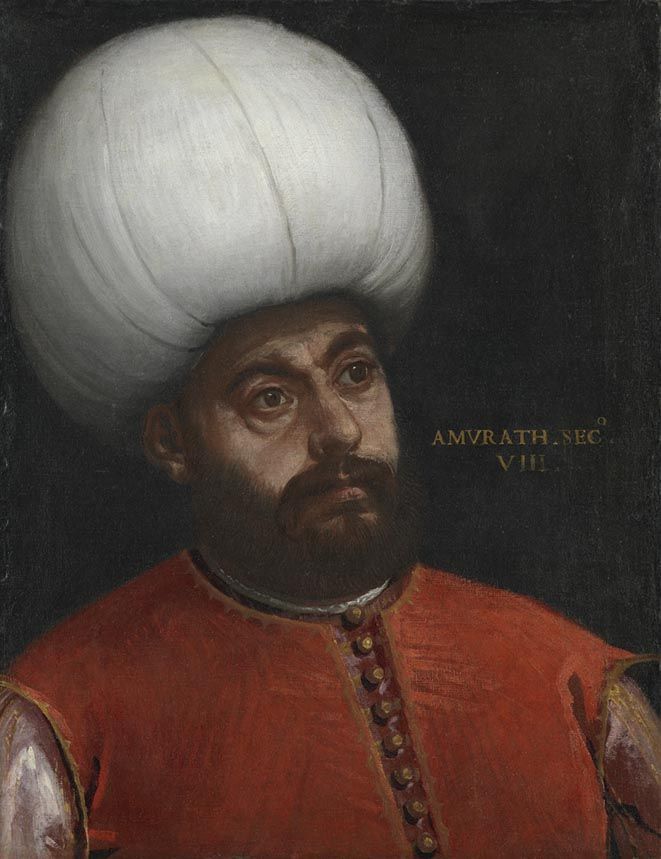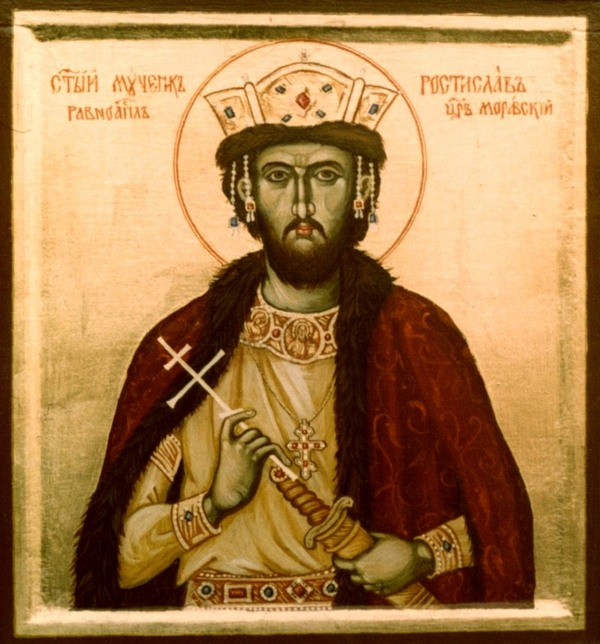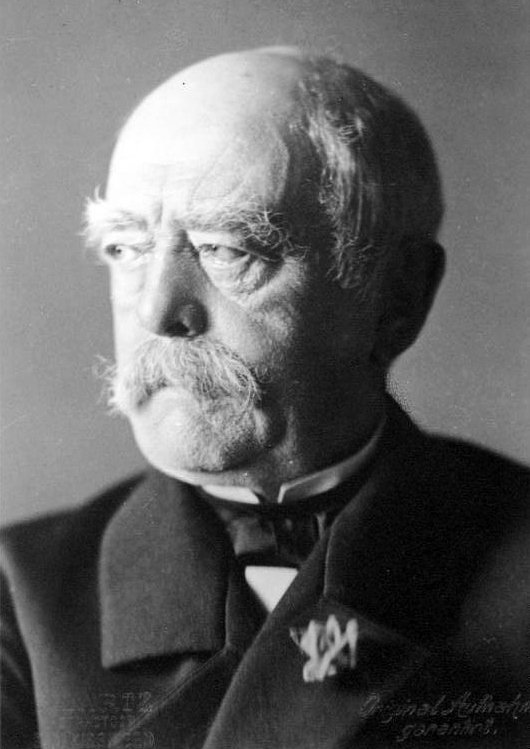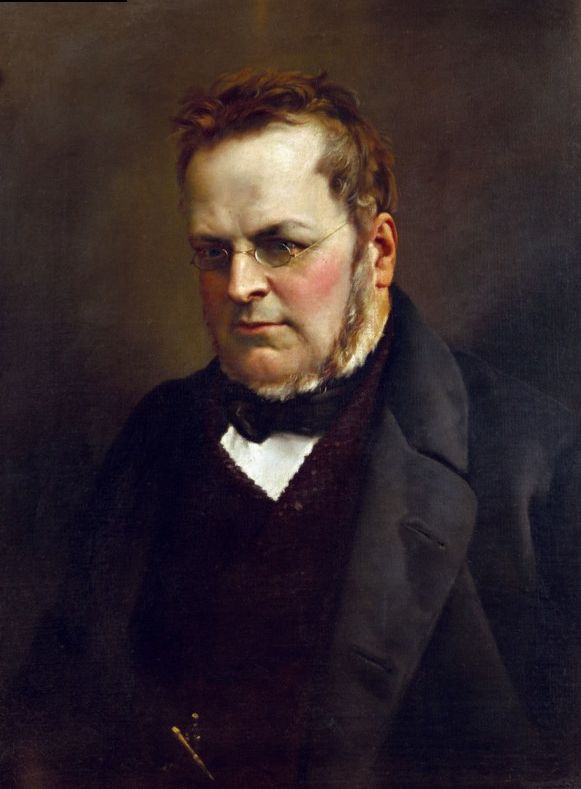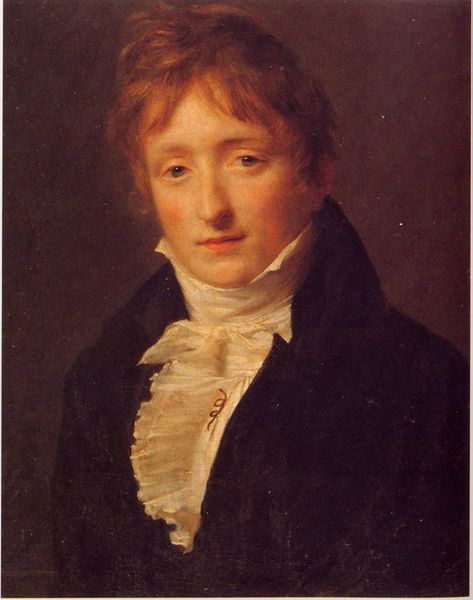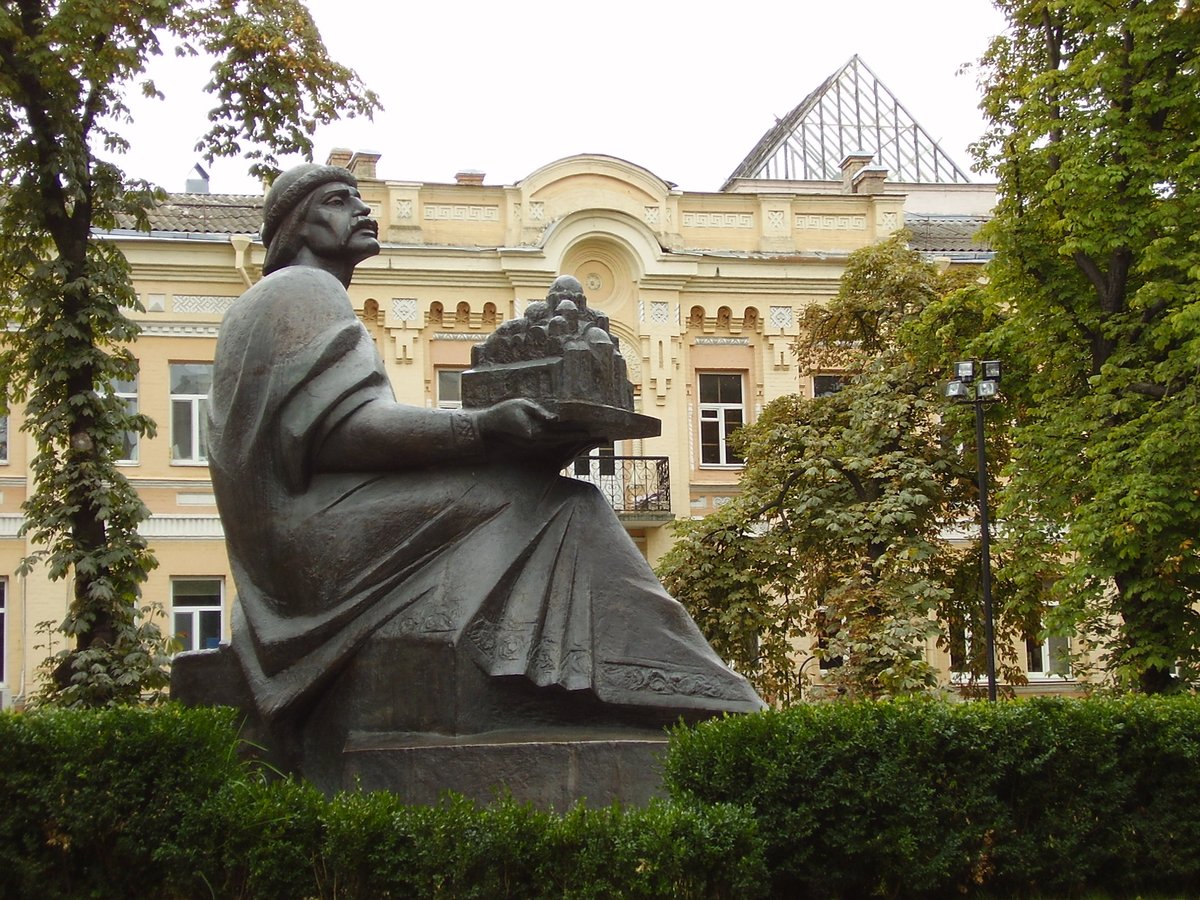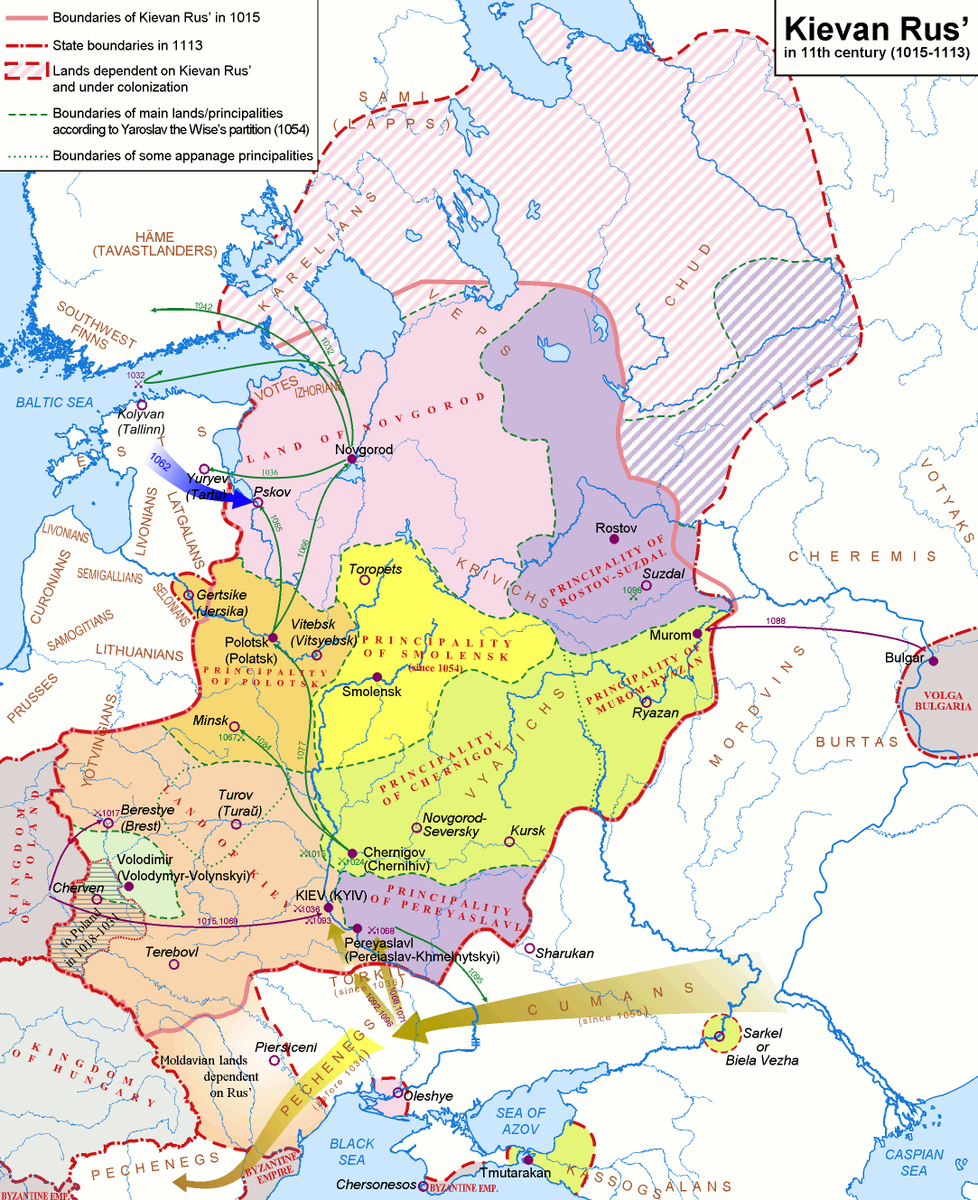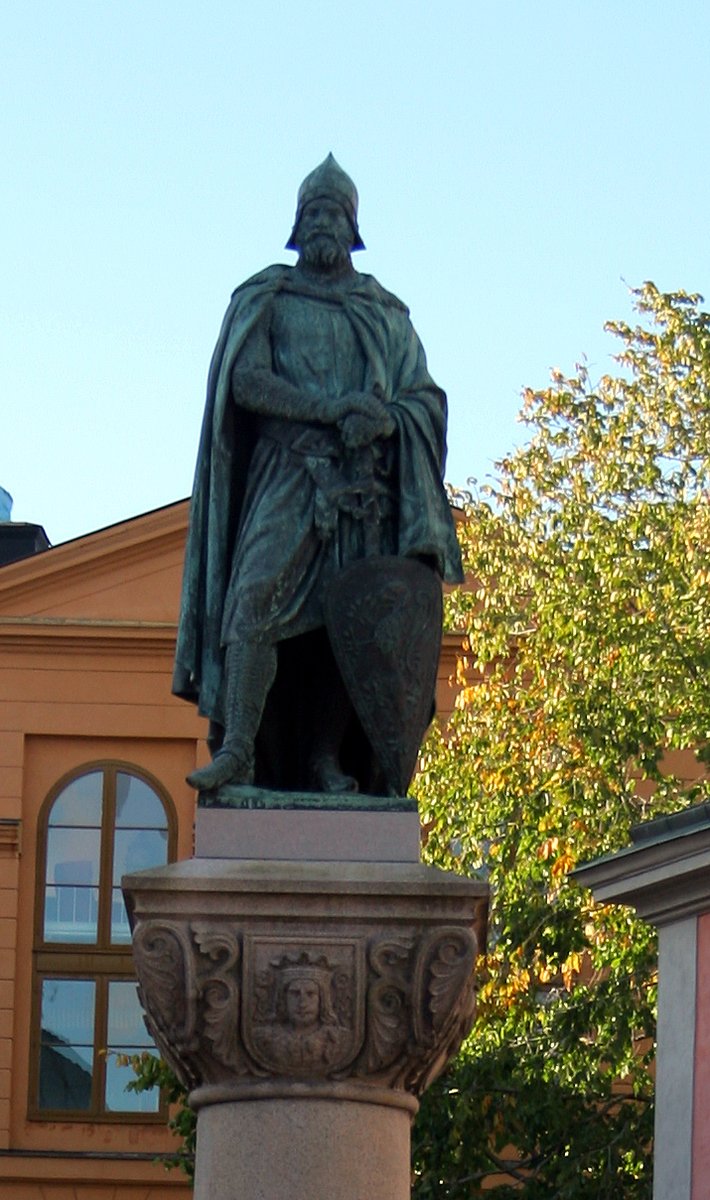The last piece of a multi state nation building that failed to materialize.
Story in the evenining ...
Story in the evenining ...
https://twitter.com/Arby_K/status/1565527432379019264
Karel van Egmond was born in 1467 to Adolf van Egmond and Catherine de Bourbon. Adolf van Egmond was the son of Arnold van Egmond, Duke of Guelders and Count of Zutphen, which were among the western provinces of the Holy Roman Empire. 1/10 

Guelders had emerged as a county in 11th century, uniting with Zutphen acquired by inheritance in 1138. It was raised as a duchy in 14th century before it was inherited by the Dukes of Jülich in 1379 (Though not without a succession struggle). 2/10 

Karel's grandfather, Arnold, inherited Guelders and Zutphen (But not Jülich) from his maternal grand uncle in 1423. Arnold pledged the two provinces to the Duke of Burgundy in 1471 for borrowing a large sum of money, which was not repaid by the time Arnold died in 1473. 3/10 

The Duke of Burgundy already ruled over a large part of the Low Countries. But his death in 1477 led the German Habsburgs inheriting most of his territories, including Guelders and Zutphen. However, the people of Guelders had other ideas. 4/10 

Karel's father had also died in 1477, leaving Karel with the claim for Guelders and Zutphen. In 1592, the people of Guelders decided Karel will be their Duke. Countering Karel was the Holy Roman Emperor's son, Philipp, who had inherited the Burgundian state. 5/10 

Karel crafted an alliance with neighbourging Frisia. Frisia had managed to keep their own independence for quite sometime, but it was getting increasingly difficult to maintain it, because of the overreaching influence of the Habsburgs in the region. 6/10 

Philipp died in 1506 and was replaced by his sister, Margareta, as regent for Philipp's son, Karl. Margareta struggled to get funding for a campaign against Karel, forcing her to recognize Karel as Duke of Guelders. Karel also funded Frisian rebels against the Habsburgs. 7/10 

Margareta's nephew, Karl, took over once he came of age. Crowned king in Germany and Spain, he was also the ruler of the Burgundian realms by 1520. The Frisian front also started falling apart after 1520, with the death of their leader Piers Donia. 8/10 

Karel also intervened militarily in Utrecht and Overijssel. But Karl retaliated and managed to take Utrecht and Frisia. In 1528, the two made peace with Karl recognizing Karel as ruler of Guelders, Groningen and Drenthe, but Karel had to recognize Karl as his heir. 9/10 



Karel reneged on the treaty, but the Habsburgs returned victorious in 1536 at Heiligerlee. Still, Karel had the last laugh, albeit briefly. He was succeeded by a distant relative, Wilhelm, Duke of Jülich-Cleves-Berg, who was forced to give up Guelders and Zutphen in 1543. 10/10 

• • •
Missing some Tweet in this thread? You can try to
force a refresh


